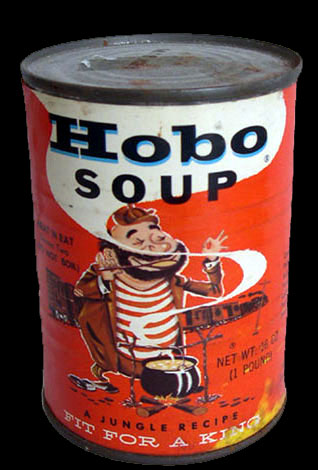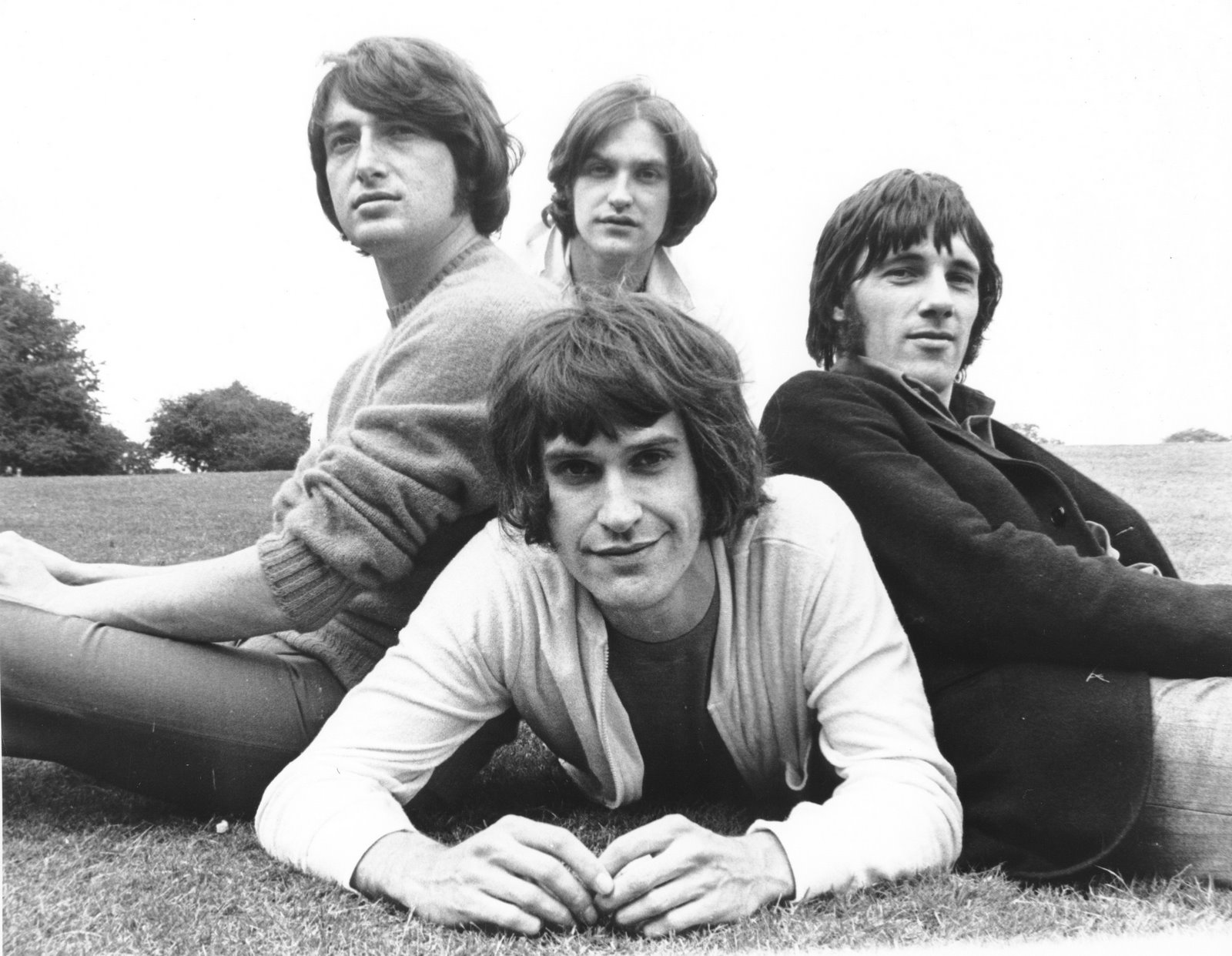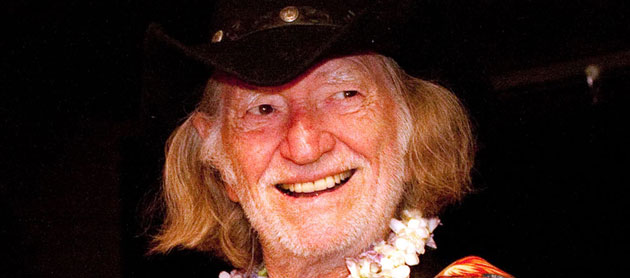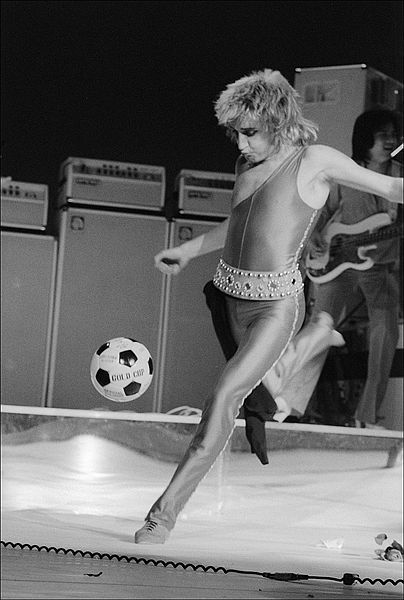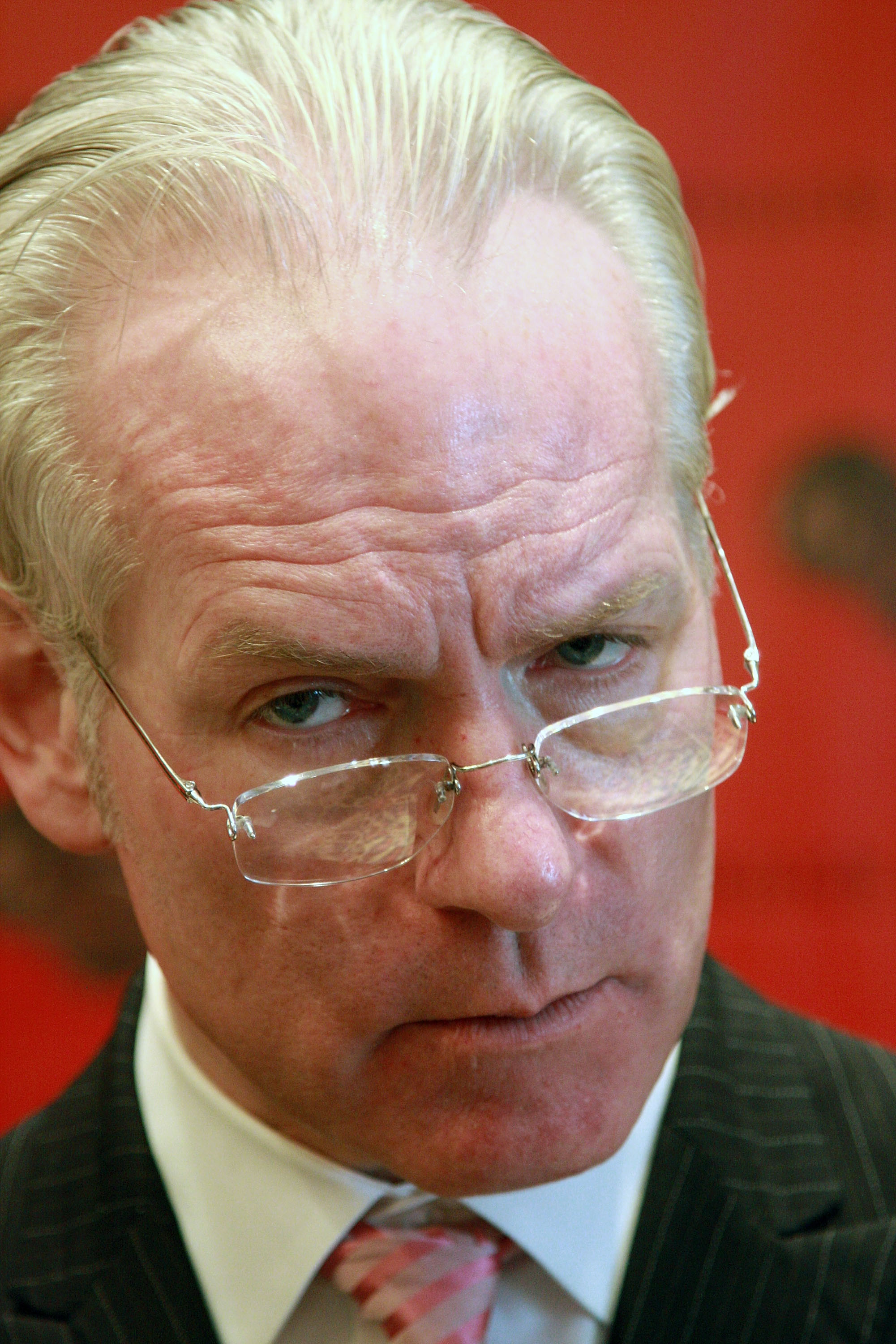The other night, Mr. Royale and I went to see Pavement at the Greek Theater in Berkeley. As we were waiting during that lag time between the opening band and Pavement, a disheveled, rheumy, older man wearing a black sock, a white sock, and pathetically patched pants approached us. He stood in front of our group and stared at us. Eventually, he pointed to Mr. Royale’s equally ripped jeans and slowly drew a sewing kit out of his pocket. He offered it to us, telling us that he was the drummer for Pavement. He asked if we believed him, and we replied that we did not. Instead, I was thinking, this is Berkeley and all that, but how did the homeless dude get in to the show? Later, during the encores, Gary Young scampers up on stage, and we recognize our man. Could he keep the beat? Negotiable. Did he drop the sticks regularly? Certainly. But there was no doubting that the anti-sartorial gentleman was indeed playing drums with Malkmus et. al.
In turning the tables on the theme of The Look, what happens when there is a band member who does not “match” and does not reflect the signifiers of the rest of the band? What are some other examples of this? As many Hall members are also musicians, did you choose or throw out members due to their Look? From previous RTH discussions, it appears that nose hair, clothing, and other visual symbols make or break band cohesiveness, so I welcome your comments and observations.

